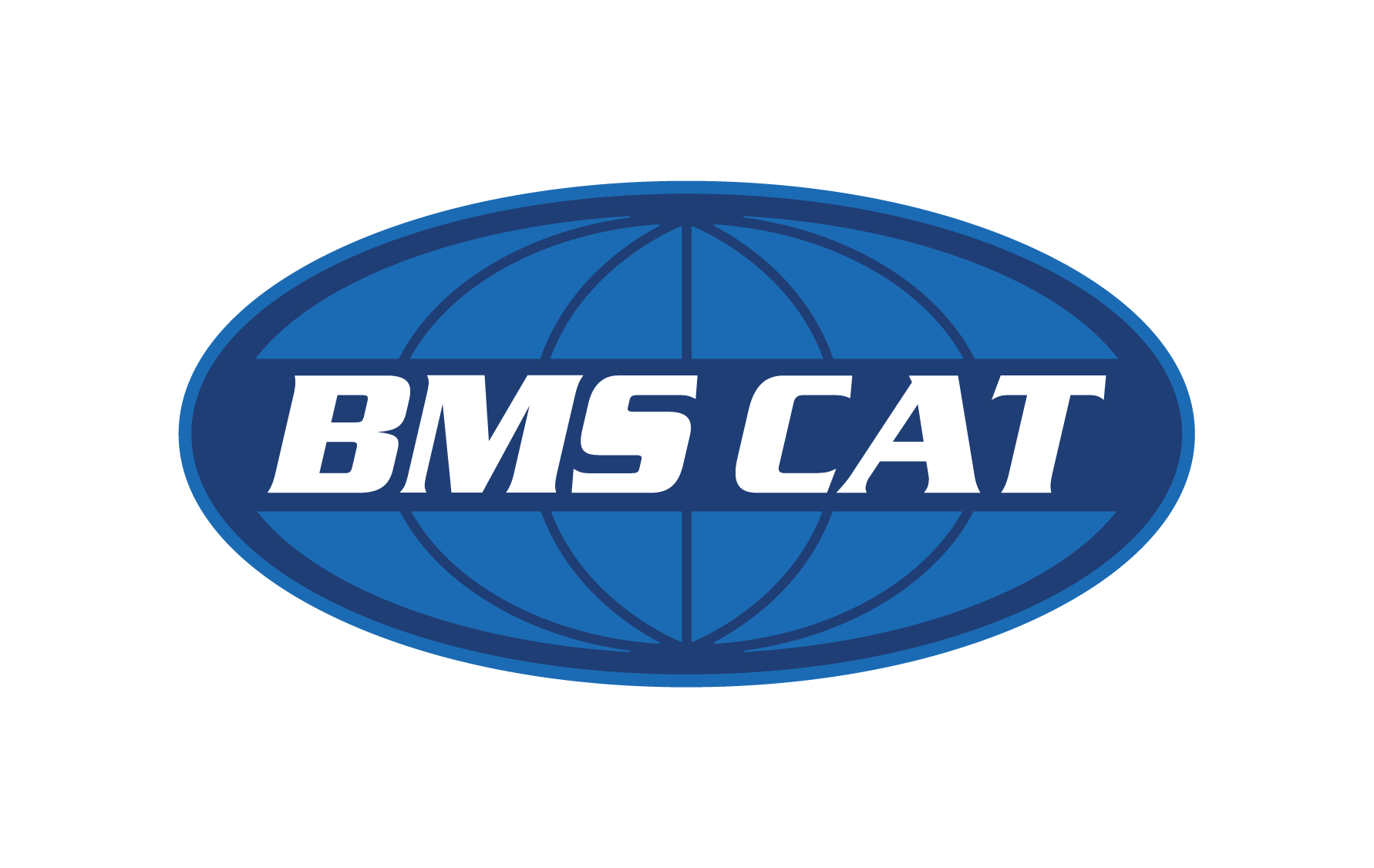
Norovirus outbreaks have been making national news the past couple of years. Schools, hospitals, cruise ships and everywhere in between seem to have been hit by this highly contagious stomach bug. If you, or someone you know, has ever had the misfortune of contracting the nasty virus, you know it’s definitely a force to be reckoned with. Dubbed as the winter vomiting disease or stomach flu, violent bouts of vomiting and diarrhea are common. And like influenza, Norovirus is a virus that mutates which means we are unable to develop immunity to it. For that reason, it’s possible to get Norovirus over and over again. Pleasant thought isn’t it?
Norovirus is the most common cause of acute gastroenteritis in the United States. Each year, it causes 19-21 million illnesses and contributes to 56,000-71,000 hospitalizations and 570-800 deaths. In addition, Norovirus is also the most common cause of foodborne-disease outbreaks.
What is Norovirus?
The Centers for Disease Control and Prevention (CDC) says that Noroviruses are a group of viruses that cause your stomach, intestines or both to become inflamed, which is referred to as acute gastroenteritis.
What are the Norovirus Symptoms?
Norovirus strikes quickly, with the following symptoms usually occurring between 12-48 hours after exposure.
- Nausea
- Vomiting
- Diarrhea
- Cramping
- Low-grade fever
How is the Norovirus Spread or Transmitted?
Noroviruses are transmitted through the fecal-oral route, either by consumption of food or water contaminated with fecal matter, direct person-to-person spread, or environmental and fomite (inanimate object or substance that is capable of transmitting infectious organisms) contamination. The CDC goes on to say that Norovirus is a highly contagious virus that can be serious, especially for young children and older adults.
Norovirus in the Workplace
With all that being said, the majority of businesses fail to recognize how vulnerable they are to something like an infectious disease outbreak. However, these types of disease outbreaks are unpredictable and can happen anywhere. They cause a great deal of stress, not only on the people who’ve contracted them, but also to the business itself, property owner, management company or anyone else responsible for cleaning and decontaminating after an occurrence. There are no shortcuts or easy buttons that can be pushed for Norovirus clean up. Specific cleaning protocol should to be followed by trained professionals familiar with infectious disease clean up.
Norovirus Clean up
BMS CAT’s Healthcare and Transportation divisions have coordinated many Norovirus clean ups. The Mohonk Mountain House, a historic resort hotel located on the Shawangunk Ridge in Ulster County, New York is one such example. The popular hotel had the unfortunate luck of being struck by Norovirus back in 2014. This particularly nasty outbreak caused several hundred guests and staff members to fall ill. As a result, the hotel had to close its doors for an entire week while our well-trained team of 200 disinfected all the contaminated spaces.
How to Protect Yourself from Norovirus
- Practice proper hand hygiene. Wash your hands carefully with soap and water, especially after using the toilet and changing diapers and always before eating or preparing food. If soap and water aren’t available, use an alcohol-based hand sanitizer. These alcohol-based products can help reduce the number of germs on your hands, but they are not a substitute for washing with soap and water.
- Take care in the kitchen. Carefully rinse fruits and vegetables, and cook oysters and other shellfish thoroughly before eating.
- Do not prepare food while infected. People with Norovirus illness should not prepare food for others while they have symptoms and for at least 2 days after they recover from their illness.
- Clean and disinfect contaminated surfaces. After throwing up or having diarrhea, immediately clean and disinfect contaminated surfaces using a bleach-based household cleaner as directed on the product label. If no such cleaning product is available, you can use a solution made with 5 tablespoons to 1.5 cups of household bleach per 1 gallon of water.
- Wash laundry thoroughly. Immediately remove and wash clothing or linens that may be contaminated with vomit or stool. Handle soiled items carefully – try not to shake them – to avoid spreading virus. If available, wear rubber or disposable gloves while handling soiled clothing or linens and wash your hands after handling. Wash soiled items with detergent at the maximum available cycle length and then machine dry.
Sources: https://www.cdc.gov/features/norovirus/; https://well.blogs.nytimes.com/2010/04/01/getting-rid-of-norovirus/?_r=0
What to do if you Suspect you have Norovirus
Do you think you have Norovirus? If so, be sure to get lots of rest and keep well-hydrated. Seek medical attention if you develop diarrhea that doesn’t go away within several days. Also call your doctor if you experience severe vomiting, bloody stools, abdominal pain or dehydration.
And, if you do get sick…STAY HOME! After all, you don’t want to be the person who spread the Norovirus to other poor suckers. In fact, to prevent spreading the illness to others, a sick person should stay home until he or she has completely recovered and all symptoms have resolved. Most people can spread the virus from the time they feel sick until three days after they get better. That makes a great excuse to binge watch the newest shows on Netflix while you recover!
